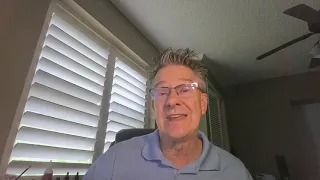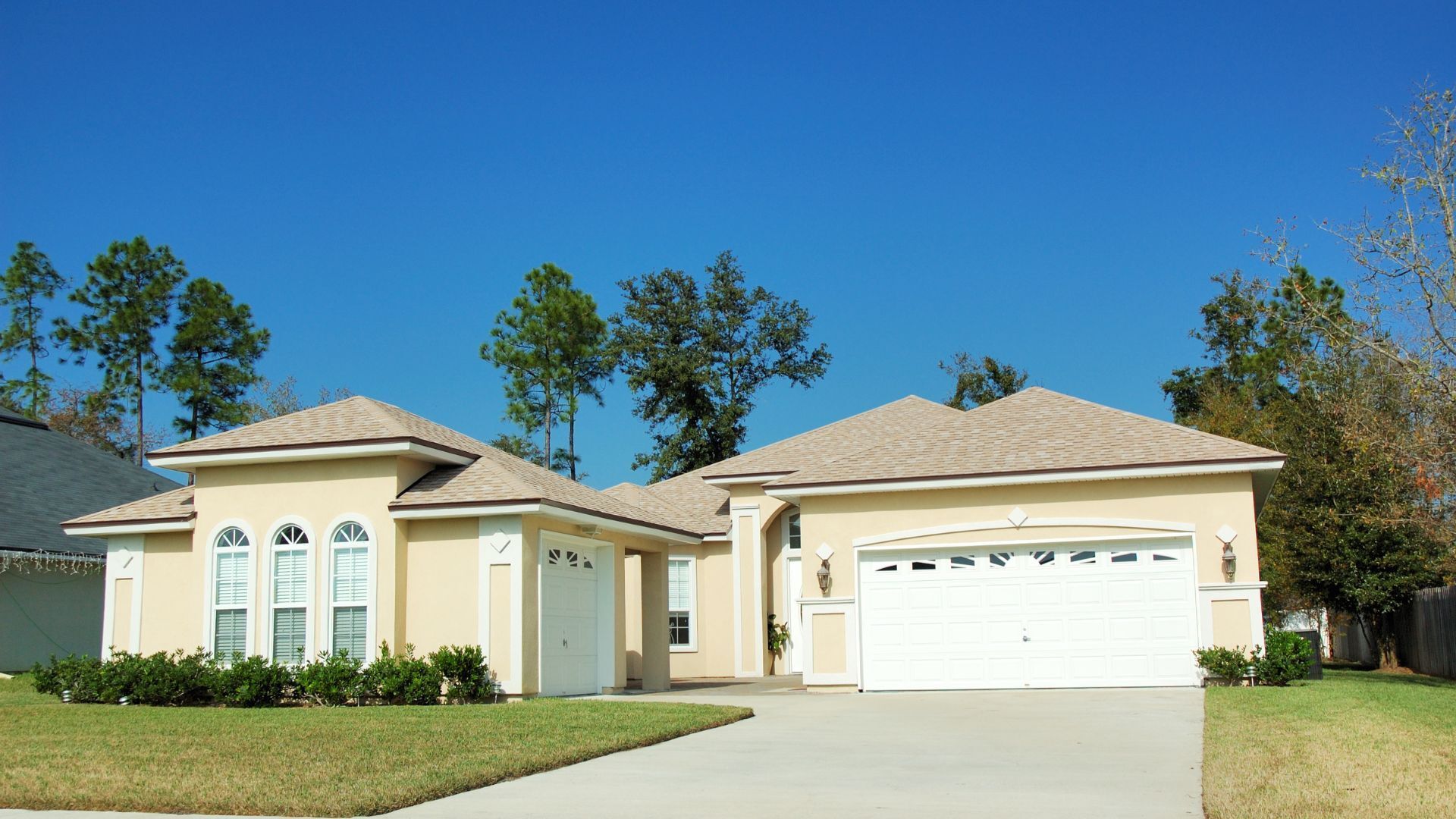Call (727) 784-5555
Are you a business owner looking to sell your business? You may be thinking about selling to your family members, employees or an outside buyer. In any of these cases, you'll need to finance the transaction. The best way to do this is with a commercial loan.
Here's why:
Selling to family or employees with commercial loans: If you plan on selling your business to your family or employees, it's probably not a good idea to self-finance the deal (even though you might be tempted). It can be risky and can lead to some hard feelings if something goes wrong. Worse, you are still at risk if there is a downturn in the market or if the business is mismanaged.
Instead, finance the deal through a bank and use that loan in the sale or transfer. There are several loans from the SBA that are backed by the government and are specifically designed for exit strategies.
Protect yourself with bank financing: A commercial loan can help both parties feel more confident at the negotiating table and during the process of closing the sale. That's because it provides some measure of protection for both sides. For instance, if a seller is worried that they may be overestimating their business's value, they can rely on third-party expertise, who will help them calculate an appropriate purchase price using industry standards and benchmarks. A buyer may find that a commercial loan helps them secure better terms on a purchase price, since they'll have more leverage and credibility with a bank's backing.
Size doesn't matter: Many small business owners think that their business isn't big enough to qualify for a loan or buyout. This simply isn't true. There are several government-back SBA loans that are available to small businesses. Even if you are the only employee, you can still sell your business.
Call
(727) 784-5555
or complete the form below and tell us about your deal. We will let you know your options and help you make the best decision for you.
Contact Us
We will get back to you as soon as possible.
Please try again later.
Start Your Loan
with DDA todayYour local Mortgage Broker
Mortgage Broker Largo See our Reviews
Looking for more details? Listen to our extended podcast!
Check out our other helpful videos to learn more about credit and residential mortgages.





